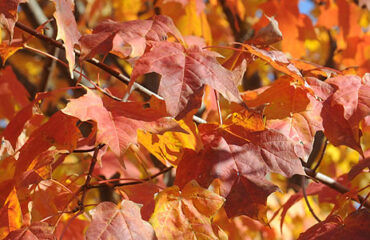We hear from customers daily that they’re disappointed in how their lawn has looked this summer…here in Miami County, where there actually was an unusual amount of rain in June, through mid-July.
Some of it is predictable. Right after grass sheds its seed in May/June, there is a period of stress where brown spots appear. And when summer heat sets in there is a shock effect on plants due to a lack of oxygen absorption. Some people would call it photo-synthetic shock.
But not everyone’s lawn has this, which is why people ask, “What are they doing different that I’m not doing?
Here you go….
One, fall and spring aeration creates space in the ground for additional root growth, and better absorption of nutrients and oxygen.
Two, grass plants are living entities that need to be fed, just like human beings. A regular nitrogen program does wonders for the sake of stronger, healthier roots. But most people never think of fertilizing their lawn, come fall, because they’re tired of mowing. Mowing, however, in this case is not the issue.
Three, your soil may not be conducive to some varieties of turf grass…bluegrass, rye, fescue, etc. And fall is the right time to overseed after you aerate for dormant germination. Do that and you have a head-start for a greener, healthier lawn next spring. But you need to consult a place like Ever-Green to determine what kind of turf grass is actually best for your lawn. And why wouldn’t you? The consultation is free.
Do these three things, and do them before the middle of October and we can guarantee a healthier lawn during the dormant winter months, and one that comes to life quicker come April. It’s just simple, sensible maintenance.
And every living thing needs maintenance!




